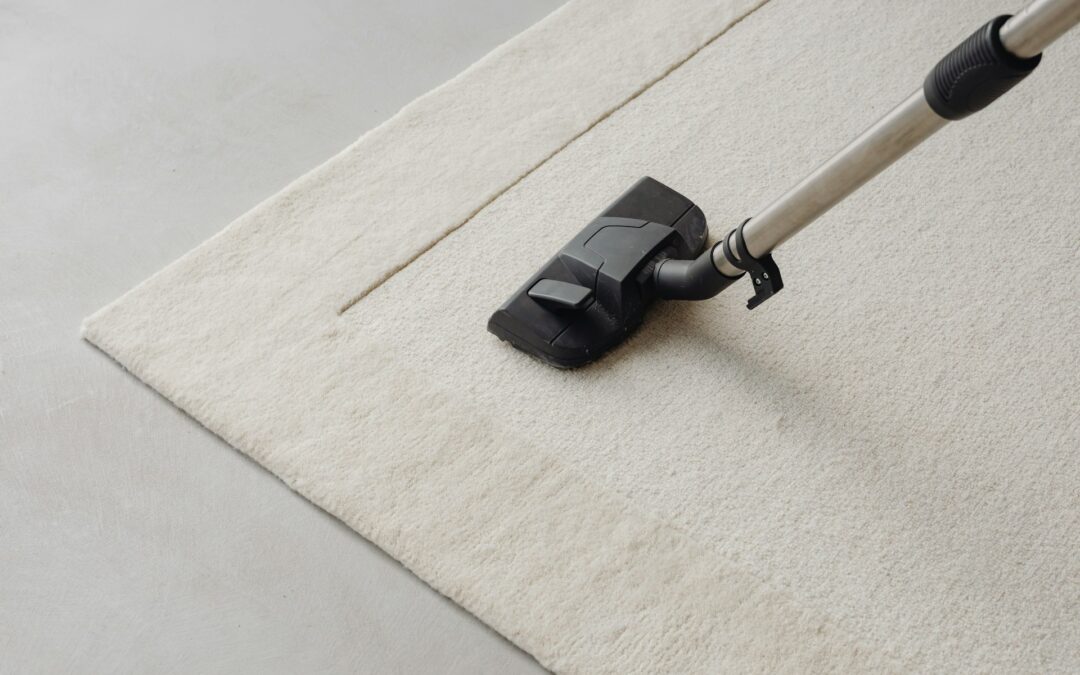Keeping carpets clean is essential for a healthy home and maintaining the lifespan of your flooring. Carpets trap dirt, dust, and other particles that can affect indoor air quality and the overall appearance of your home. Understanding the science behind carpet cleaning can help you make informed decisions about the methods and products you use.
Various cleaning methods, from steam cleaning to dry cleaning, each have their own effectiveness and suitability for different carpet types. Choosing the right method involves understanding how these techniques work and their impact on soil and stain removal. Darren Hines, Owner of SPA Carpet Cleaning LLC, often emphasizes the importance of selecting the correct cleaning approach for optimal results: “The right cleaning method can make a significant difference in both the appearance and lifespan of your carpets.”
Furthermore, the choice of chemical agents in carpet cleaning also plays a crucial role. Using the right products not only ensures effective cleaning but also protects your carpets and indoor environment. As environmental concerns grow, many people seek eco-friendly options that are both effective and sustainable. Exploring these options can lead to healthier homes and a lower environmental footprint.
Understanding Carpet Fibers and Dirt Accumulation
Carpets are made from various fibers, each with its unique characteristics. Common carpet fibers include nylon, wool, polyester, and olefin. Nylon is durable and resistant to wear, making it a popular choice for high-traffic areas. Wool offers natural beauty and resilience but can be more challenging to clean. Polyester is known for its vibrant colors and resistance to stains, while olefin is valued for its strength and moisture resistance.
The way dirt and particles accumulate in these different fibers depends on their structure. For example, wool’s natural crimp allows dirt to become deeply embedded, while nylon can hold onto soil due to its static properties. Polyester, while resistant to liquid stains, can attract and hold onto oily substances. Understanding these differences helps in selecting the right cleaning method for each type of carpet fiber.
The science behind dirt adhesion involves both physical and chemical processes. Dirt particles can become mechanically lodged into the carpet fibers, while others may adhere due to electrostatic forces. Removing this dirt effectively requires breaking these bonds, which often involves the use of specific cleaning agents or techniques designed to target these forms of adhesion.
Cleaning Methods and Their Effectiveness
There are several common carpet cleaning methods, each with its pros and cons. Steam cleaning, also known as hot water extraction, uses high-temperature water and cleaning solutions to penetrate deep into the carpet fibers. This method effectively removes dirt and kills bacteria, but it requires significant drying time.
Dry cleaning methods, such as using absorbent compounds or encapsulation, offer quicker drying times. These methods involve applying a cleaning compound to the carpet, which attracts and binds to the dirt particles. Once dried, both the dirt and compound are vacuumed up. Dry cleaning is useful for light to moderate soiling but may not be as effective for deep cleaning.
Another method is shampooing, which involves scrubbing the carpet with a detergent solution and then vacuuming it up. Although this technique can break down surface-level dirt, it might leave residues that attract more dirt over time. Bonnet cleaning, often used for commercial settings, involves a rotating pad soaked in a cleaning solution to absorb dirt from the carpet surface.
Understanding the scientific principles behind these methods helps in appreciating their benefits and limitations. Steam cleaning excels at deep cleaning due to its ability to dissolve and extract embedded dirt. Dry cleaning methods benefit from rapid drying and convenience while shampooing and bonnet cleaning are more suited for surface cleaning tasks.
Chemical Agents and Their Role in Carpet Cleaning
Various chemical agents are used in carpet cleaning to break down dirt, stains, and odors. Commonly used cleaning agents include detergents, enzymes, and solvents. Detergents work by lowering the surface tension of water, allowing it to penetrate and lift dirt from the carpet fibers. Enzymes target specific types of stains, such as proteins or oils, breaking them down into smaller, more manageable particles. Solvents dissolve oily and greasy stains, making them easier to remove during cleaning.
The effectiveness of these chemicals depends on their ability to interact with the dirt and fibers at a molecular level. For instance, enzymes are particularly effective in breaking down organic matter, making them ideal for removing pet stains and food spills. Detergents lift and suspend the dirt in the cleaning solution, which is then extracted from the carpet. Solvents, on the other hand, dissolve heavy grease and oil stains that might otherwise be resistant to water-based cleaning solutions.
It is crucial to choose safe and eco-friendly cleaning agents. The Environmental Protection Agency offers guidelines on selecting cleaning products that are both effective and environmentally responsible. Darren Hines advises, “Using the right chemical agents not only ensures a thorough clean but also protects your carpet and indoor environment from harmful residues.”
Environmental Impact and Eco-Friendly Options
Carpet cleaning can have significant environmental impacts, primarily due to the chemicals used and the water consumed during the process. Traditional carpet cleaning methods often involve the use of harsh chemicals, which can contribute to indoor air pollution and water contamination. Additionally, the extensive use of water in some cleaning methods can lead to wastage and potential mold growth if not properly dried.
Eco-friendly carpet cleaning options are designed to minimize these environmental concerns. Green cleaning products use natural and biodegradable ingredients that are less harmful to both humans and the environment. Techniques such as low-moisture cleaning or dry cleaning reduce water usage while still effectively cleaning the carpet.
Using eco-friendly methods and products benefits your home and the planet. Darren Hines emphasizes, “Adopting sustainable cleaning practices helps preserve your carpets and reduces the environmental footprint of your cleaning activities.”
Conclusion
Maintaining clean and beautiful carpets involves understanding the science behind dirt accumulation, selecting the right cleaning methods, and using effective chemical agents. Implementing eco-friendly cleaning practices further extends these benefits by protecting both your health and the environment.
Keep your carpets in the best possible condition. Contact SPA Carpet Cleaning LLC at 574-575-0189 for professional and eco-friendly carpet cleaning services that deliver both a pristine appearance and a healthier home.




